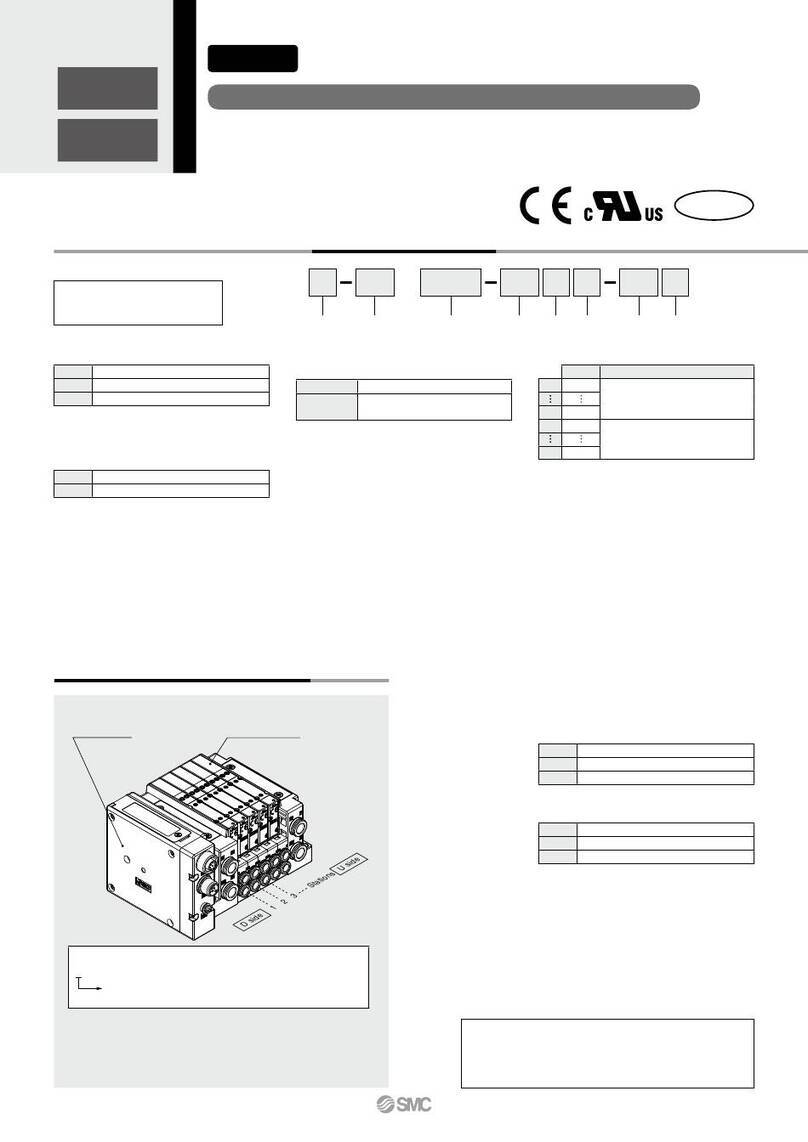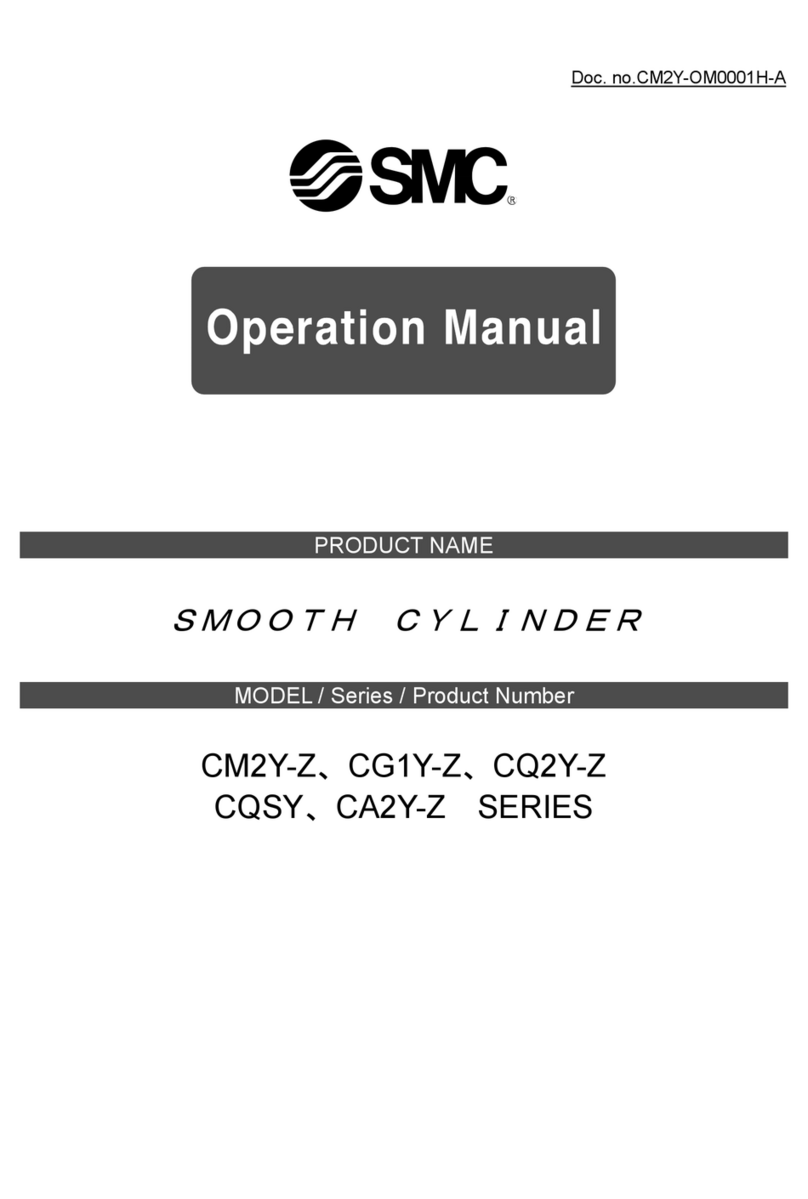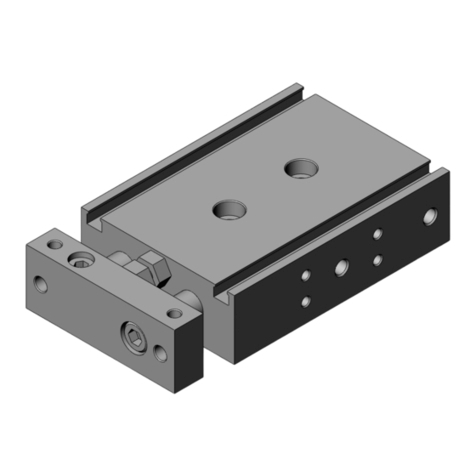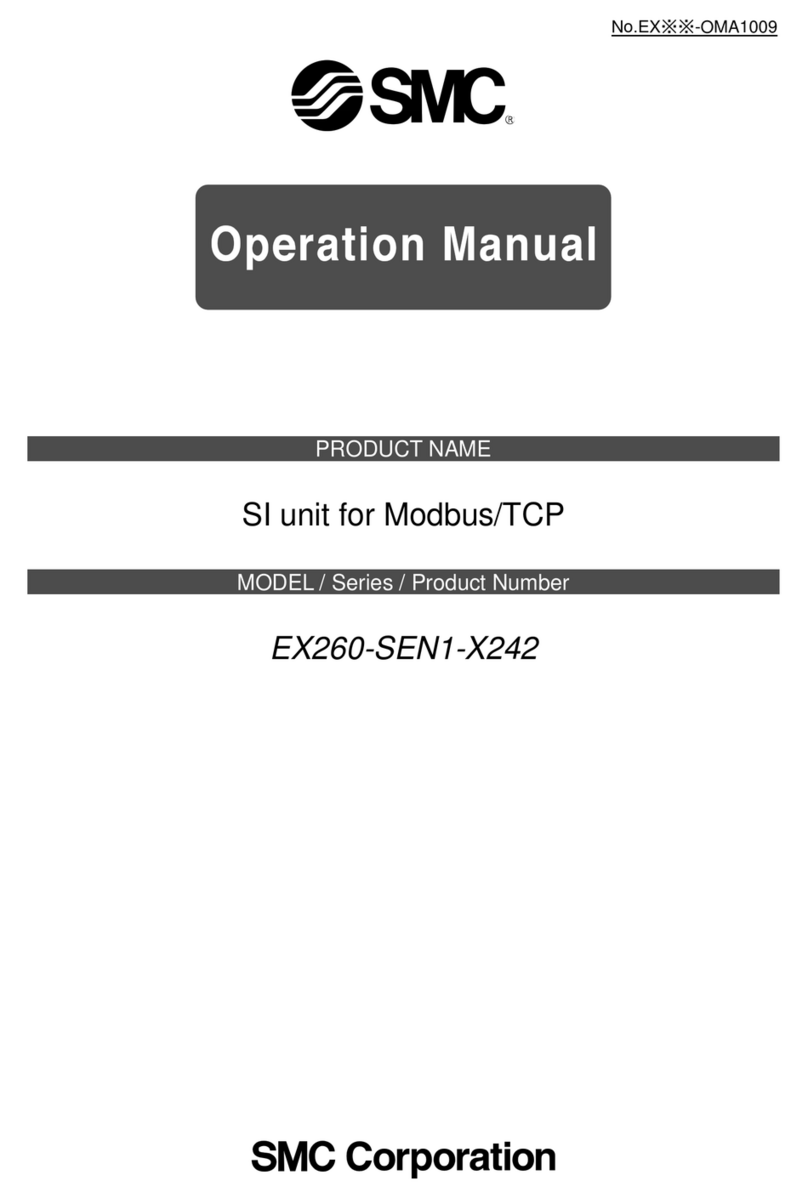SMC Networks LVD Series User manual
Other SMC Networks Industrial Equipment manuals
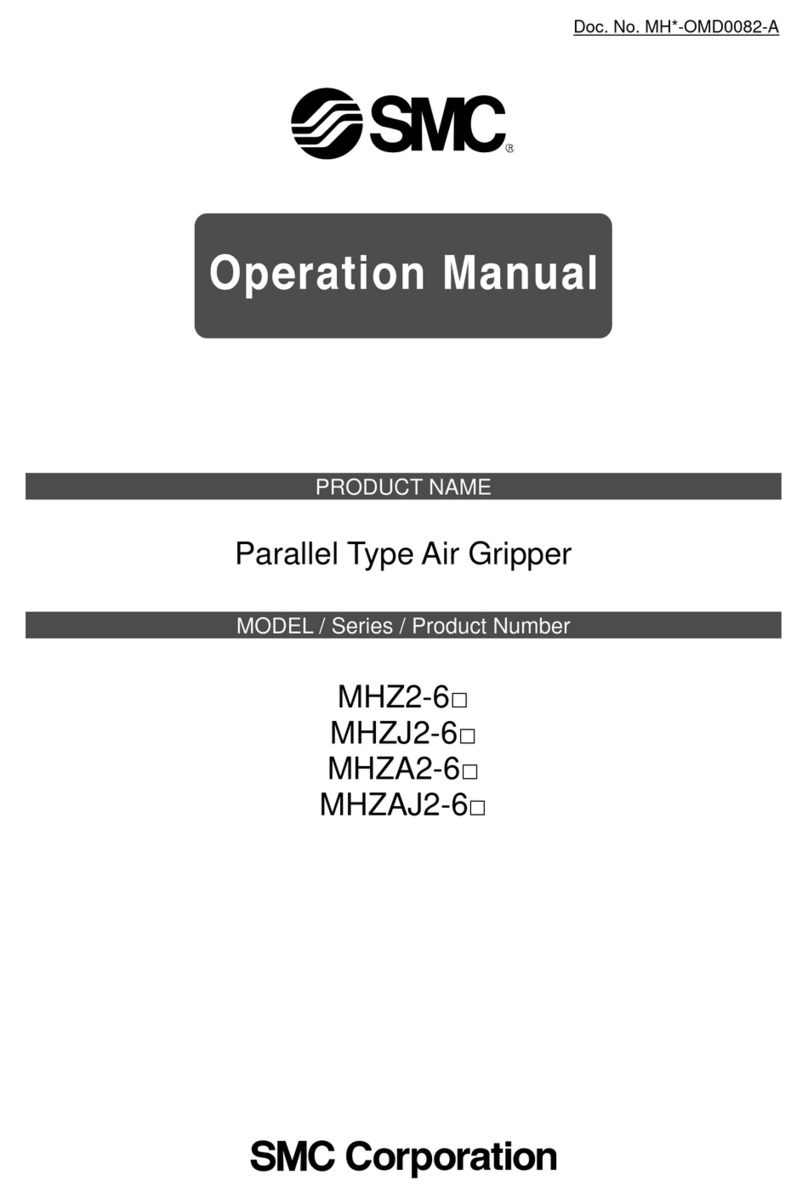
SMC Networks
SMC Networks MHZ2-6C-M9PLS User manual

SMC Networks
SMC Networks ZXP7 X1 KA Series User manual
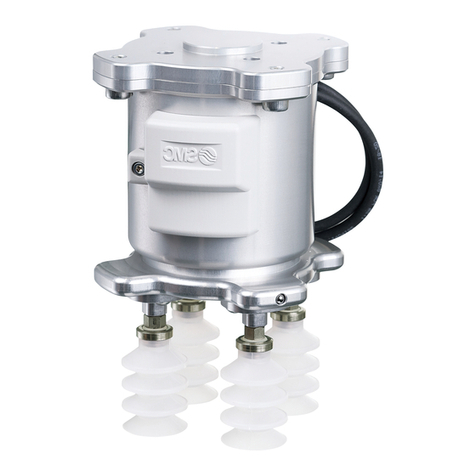
SMC Networks
SMC Networks ZXP7 41-X1 Series User manual

SMC Networks
SMC Networks CS2 125 Series User manual
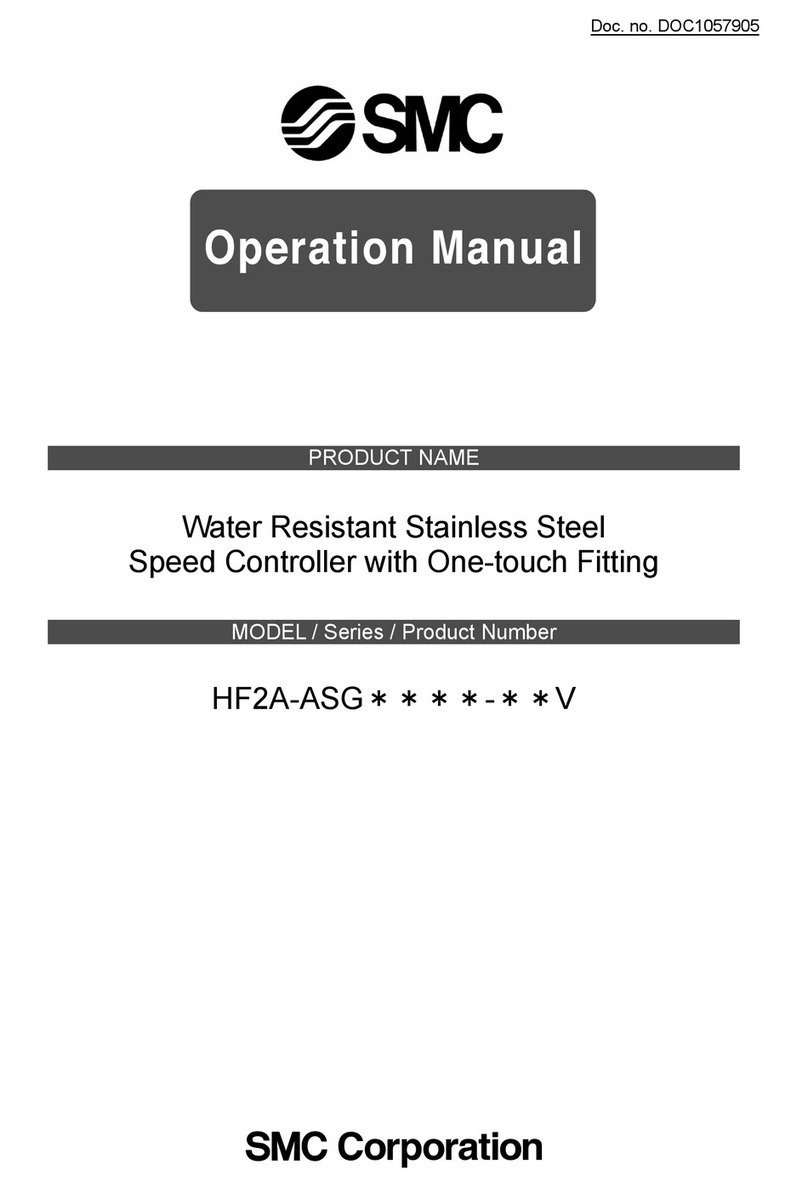
SMC Networks
SMC Networks HF2A-ASG V Series User manual
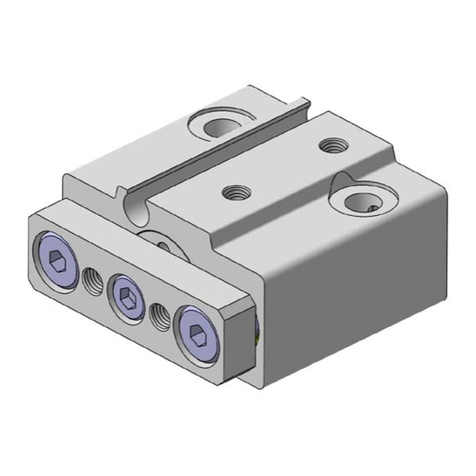
SMC Networks
SMC Networks MGJ Series User manual
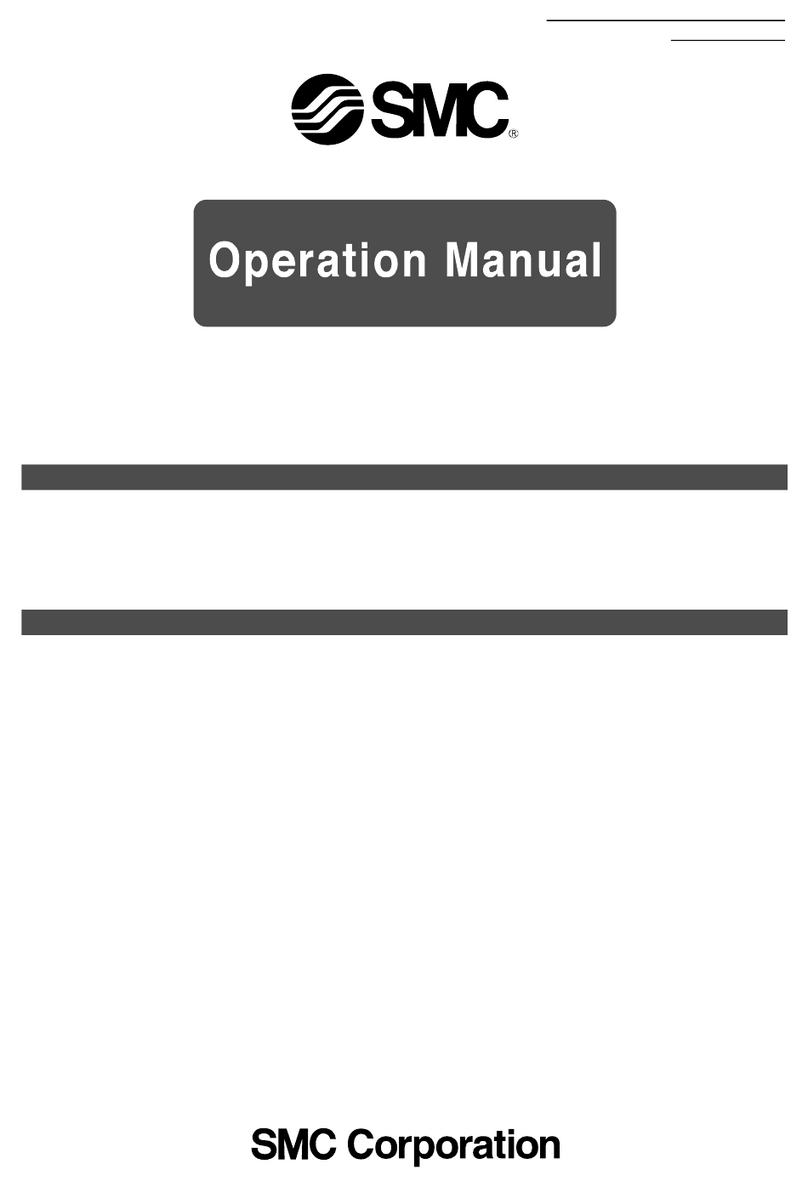
SMC Networks
SMC Networks IBG Series User manual
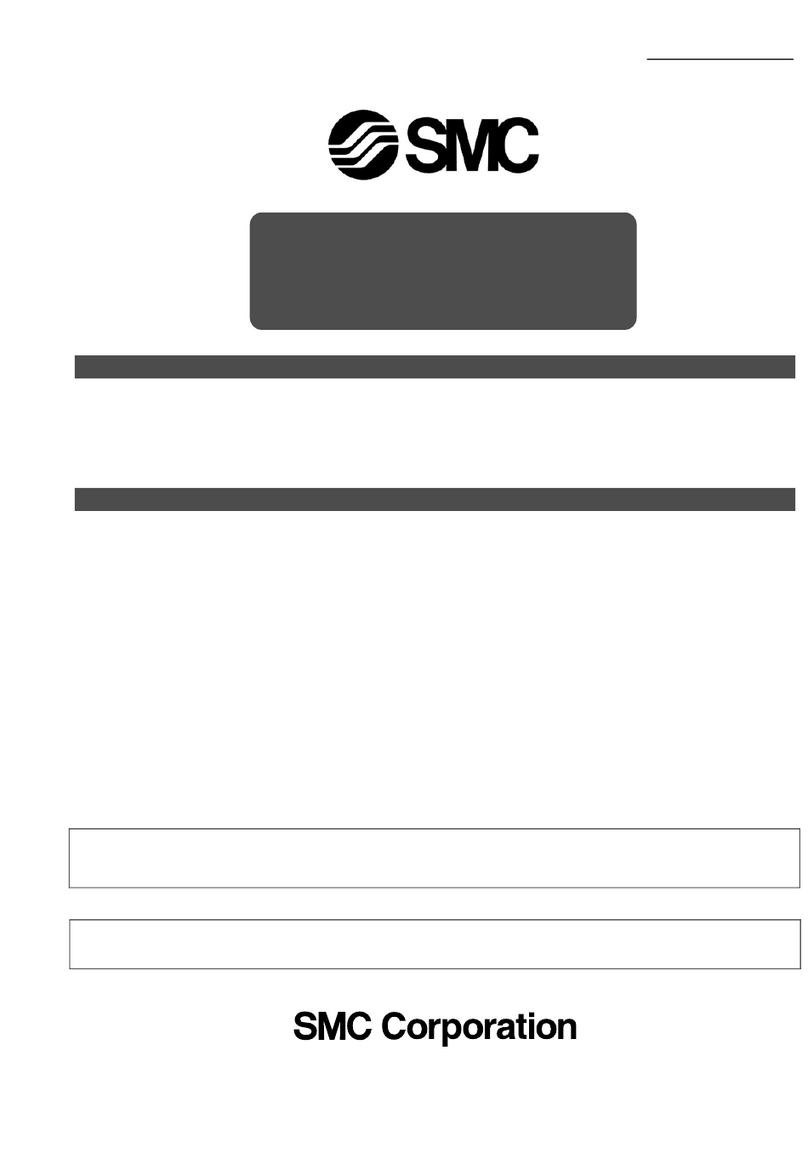
SMC Networks
SMC Networks HECR Series Use and care manual
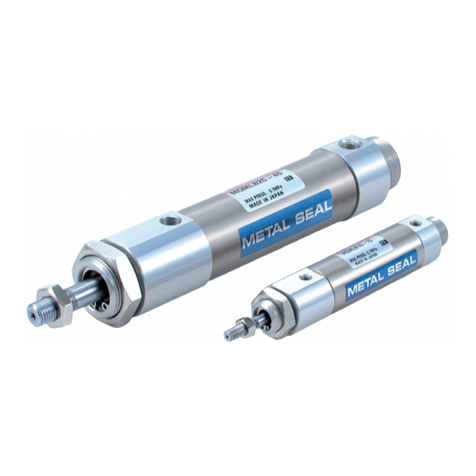
SMC Networks
SMC Networks MQQT Series User manual
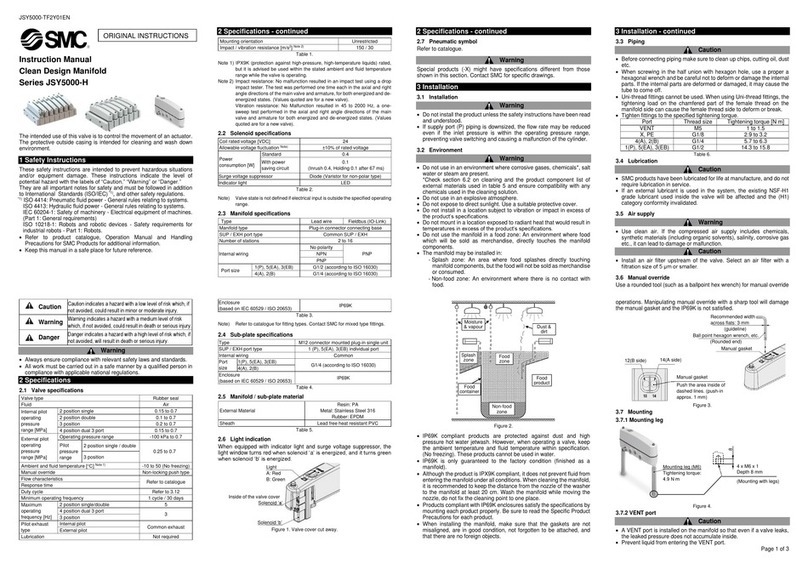
SMC Networks
SMC Networks JSY5000-H Series User manual
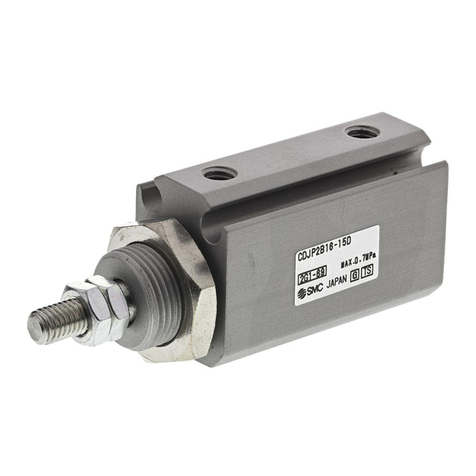
SMC Networks
SMC Networks CJP2 Series User manual
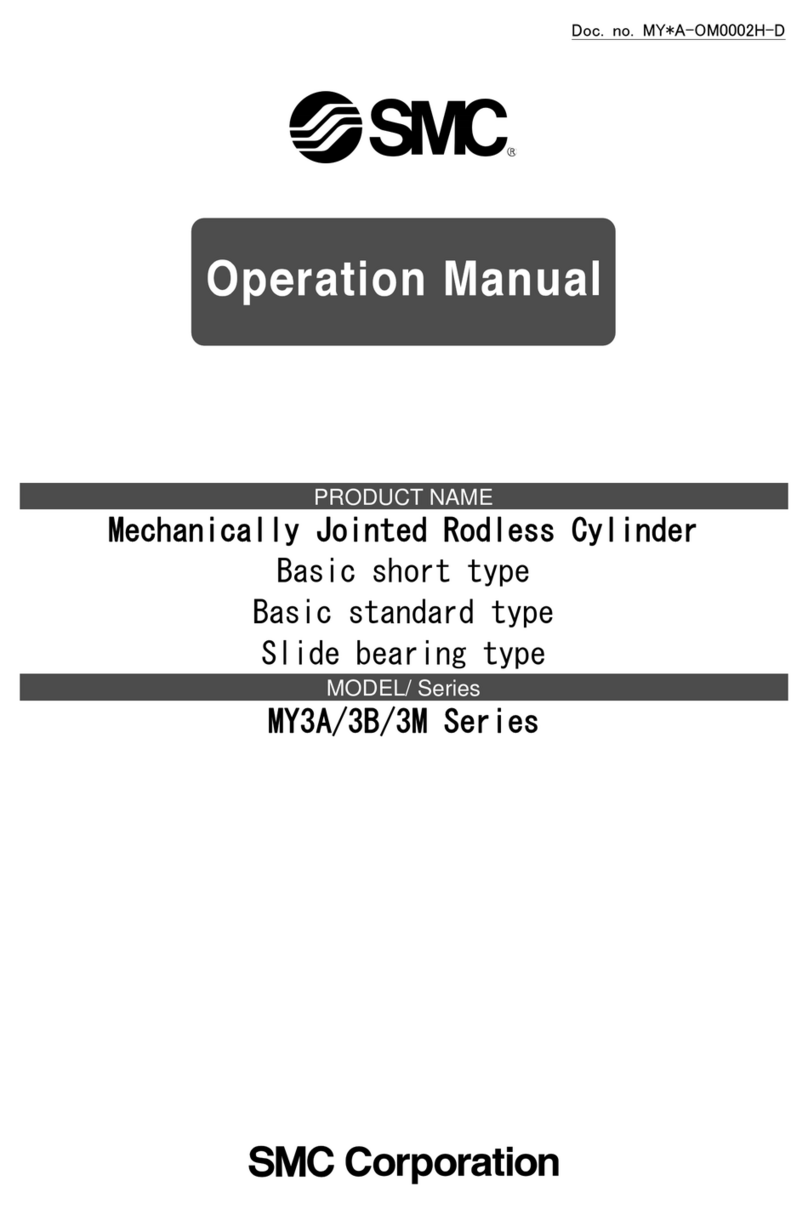
SMC Networks
SMC Networks MY3A Series User manual
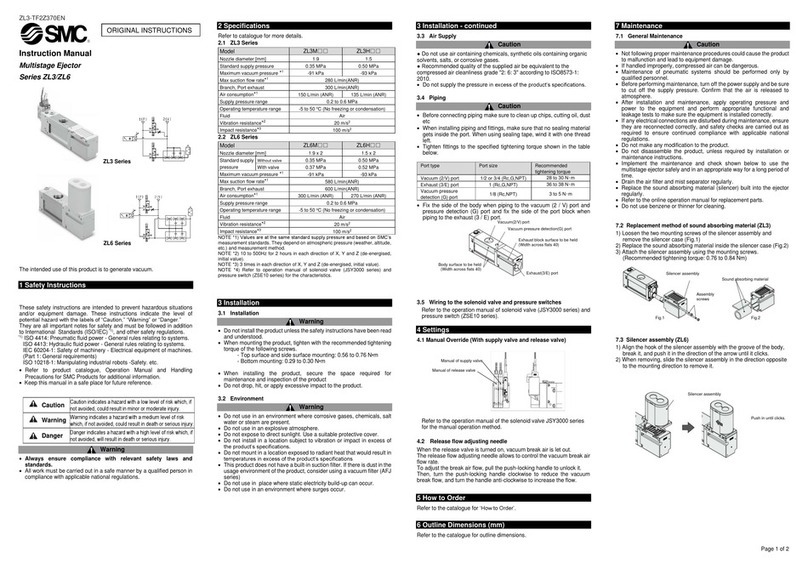
SMC Networks
SMC Networks ZL3 Series User manual
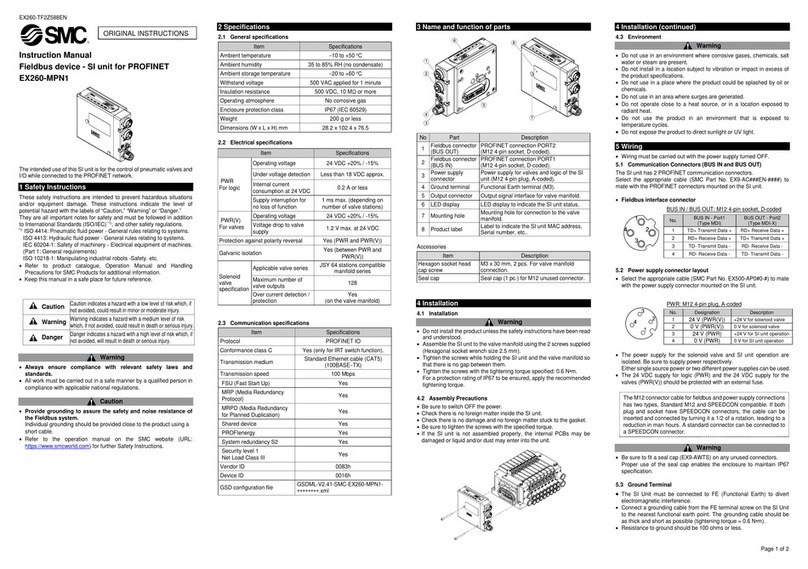
SMC Networks
SMC Networks EX260-MPN1 User manual

SMC Networks
SMC Networks ZL3 Series User manual

SMC Networks
SMC Networks EX12 SCS Series User manual

SMC Networks
SMC Networks CY3B Series User manual

SMC Networks
SMC Networks AW20 Series Quick start guide

SMC Networks
SMC Networks EX260-VIL1 User manual

SMC Networks
SMC Networks SFDA Series User manual
